Black Gum Tree Root System
Black gum tree root system. The leaves flutter easily in the slightest of breezes and form a rounded canopy. Many tree problems are accidental by understanding more about the tree root system these problems can be avoided. This tree also has a combination of undesirable root characteristics.
In typical clay-loam soils these roots are usually located less than 20 to 30 centimeters 8 to 12 in below the surface and grow outward far beyond the branch tips. Winds tip the tree back and forth and the swaying loosens the soil around the trunk base. The Rootwell Pro-318 is a patented porous cylinder is a three-in-one system promoting healthier tree root systems providing long-term benefits for years to follow.
Dark and furrowed bark. Black Gum tree has outstanding foliage. We have found this tree to grow well in southern Britain preferring some shelter and a rich acidic type soil.
All in all these factors add up to a tree not hardy enough to withstand years of exposure to the elements so any cottonwood you plant may come down sooner rather than later. The root system is spreading and commonly produces vigorous sprouts. Black gum has also shown tolerance to soil salt which is frequently used as a de-icer in NH to keep pedestrians safe during the winter months.
It also has a weak wood structure. The leaves of the black gum tree are an elongated oval shape that offer a brilliant fall show. Look for a cone-shaped hole around the trunk base.
To ensure that your trees receive the oxygen nutrients and water deep in the root system install a deep root system. As a result the trees shallow roots tear uprooting the tree. Certain smaller varieties of trees may not pose much of a threat to a septic system and these.
Any damage to the tap root often causes the tree to die. Nyssa Sylvatica- Black Gum Tree Aka Black Topelo A slow growing and unusual tree in Britain the Tupelo Tree Nyssa sylvatica is native to the Mississippi Basin in the USA.
This is an indication that the tree is at risk of uprooting.
These trees are native to North America and are average-sized. Tupelo or sour gum is a striking pyramidal tree in its youth with horizontal branches growing from a typically straight trunk. As a result the trees shallow roots tear uprooting the tree. A tree with a deep taproot does not withstand transplanting well. 4B through 9 Fig. All in all these factors add up to a tree not hardy enough to withstand years of exposure to the elements so any cottonwood you plant may come down sooner rather than later. Certain smaller varieties of trees may not pose much of a threat to a septic system and these. Nyssa Sylvatica- Black Gum Tree Aka Black Topelo A slow growing and unusual tree in Britain the Tupelo Tree Nyssa sylvatica is native to the Mississippi Basin in the USA. Black Gum Nyssa sylvatica.
Blackgum usually grows to a height of 50 to 75 feet although in rare situations it can grow to almost 150 feet high. We have found this tree to grow well in southern Britain preferring some shelter and a rich acidic type soil. Any damage to the tap root often causes the tree to die. Black gum has also shown tolerance to soil salt which is frequently used as a de-icer in NH to keep pedestrians safe during the winter months. It generally grows in a rounded shape with a straight trunk and its bark is said to look like alligator skin. Medium-sized parking lot islands 100-200 square feet in size. This is an indication that the tree is at risk of uprooting.



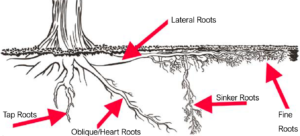

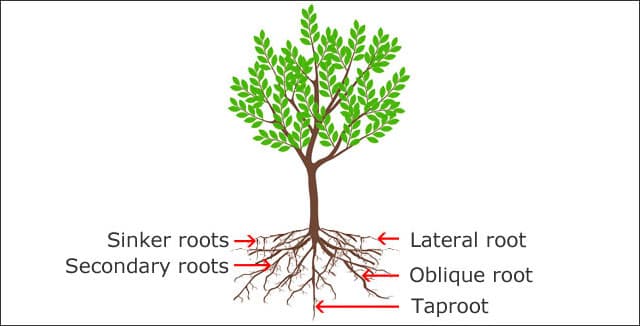


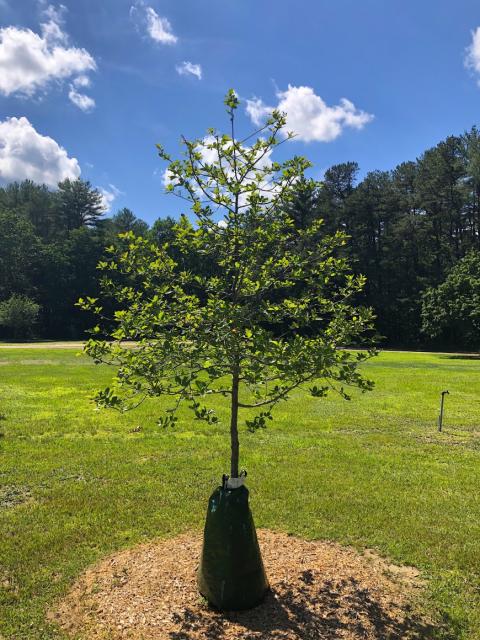

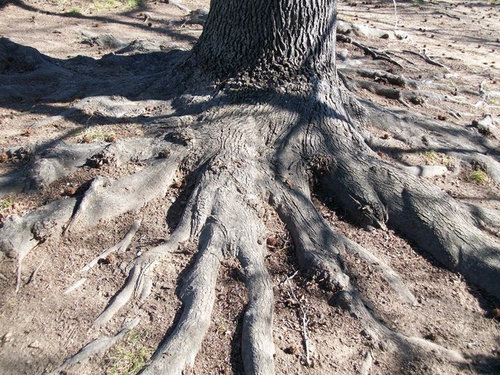


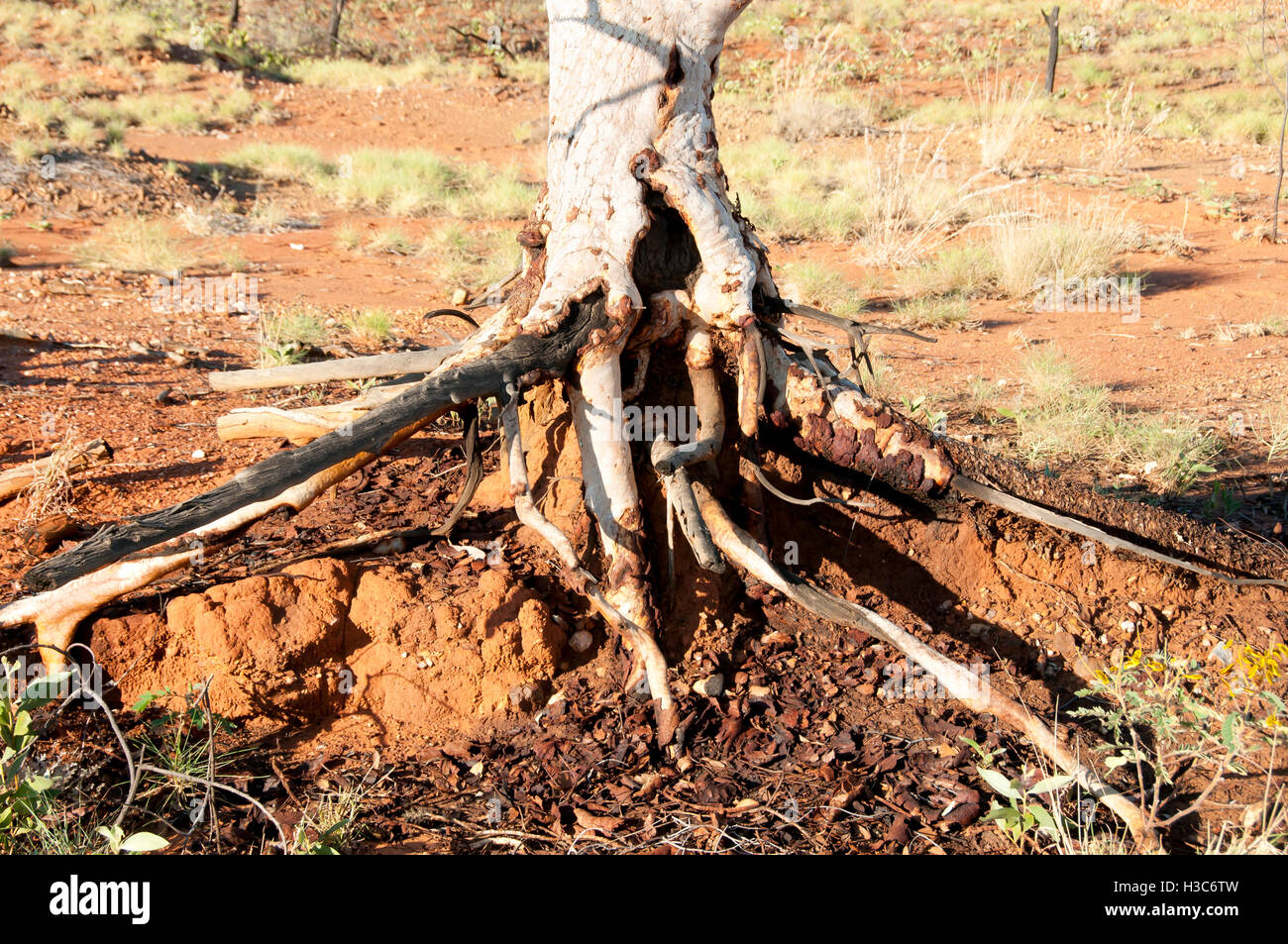
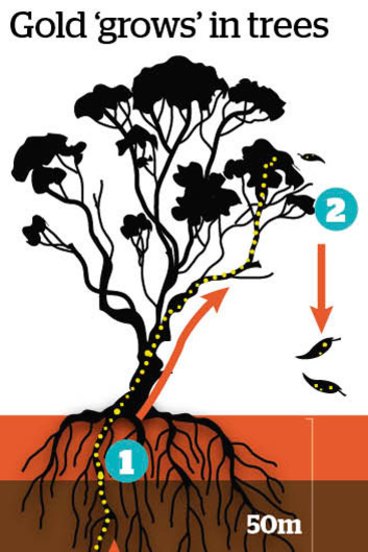







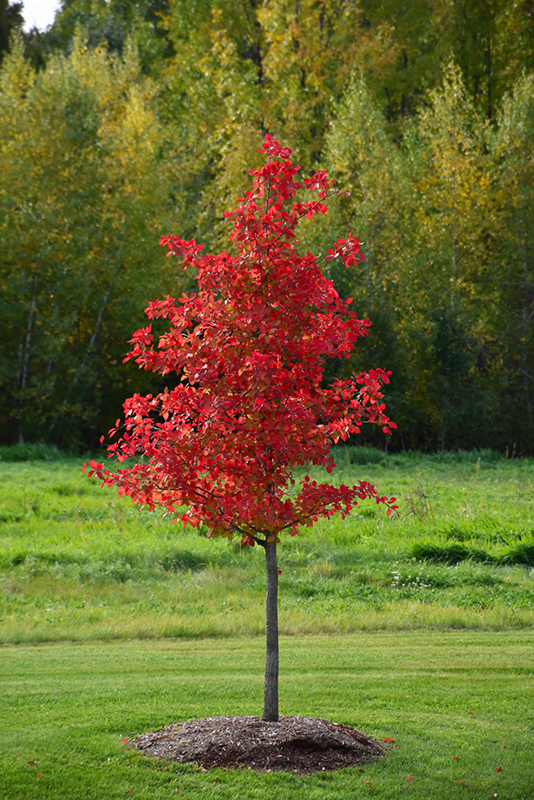






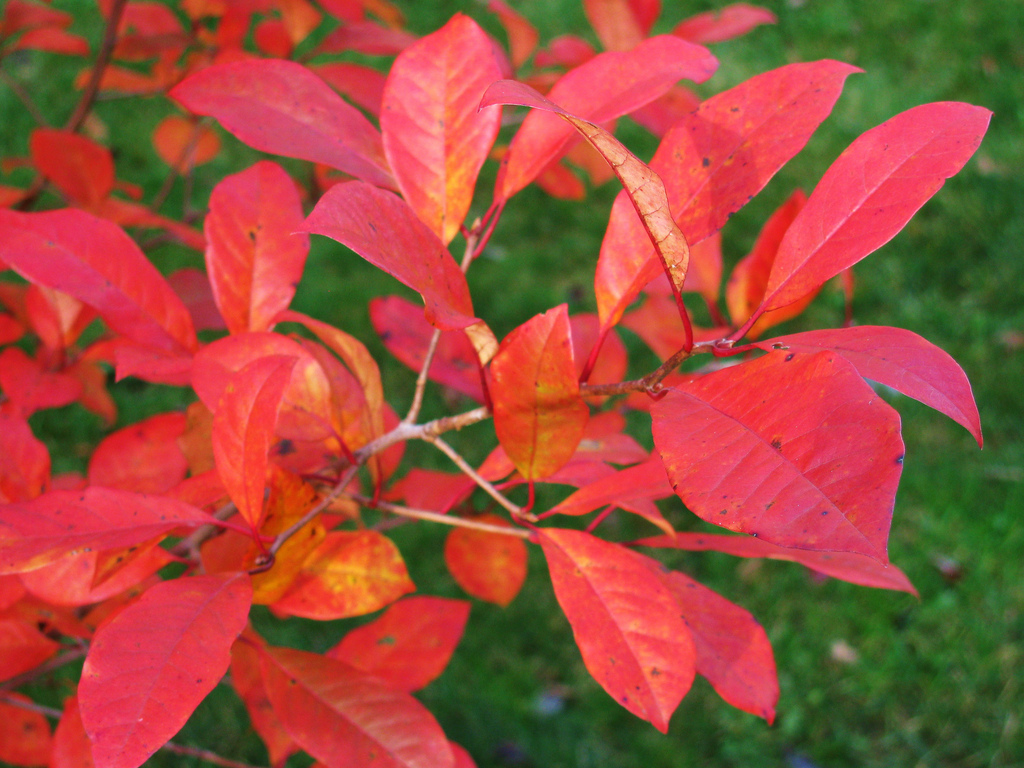
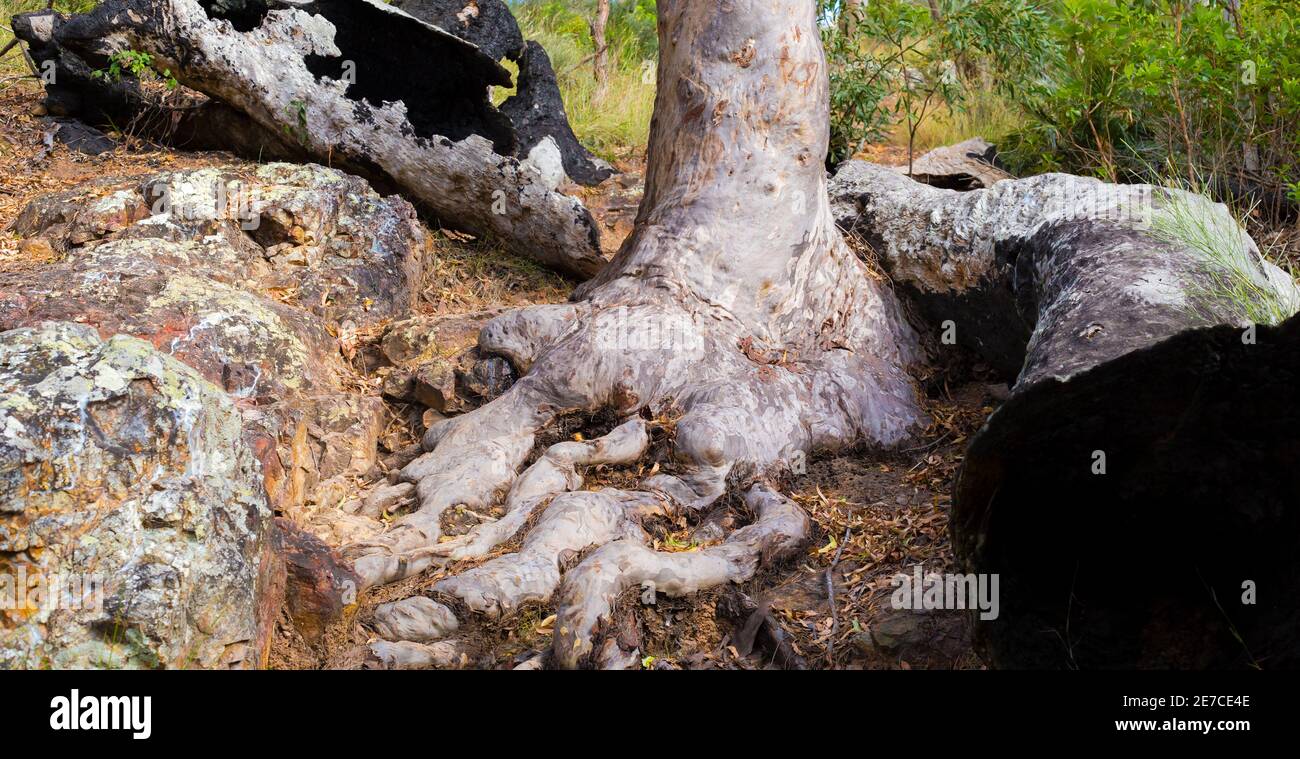
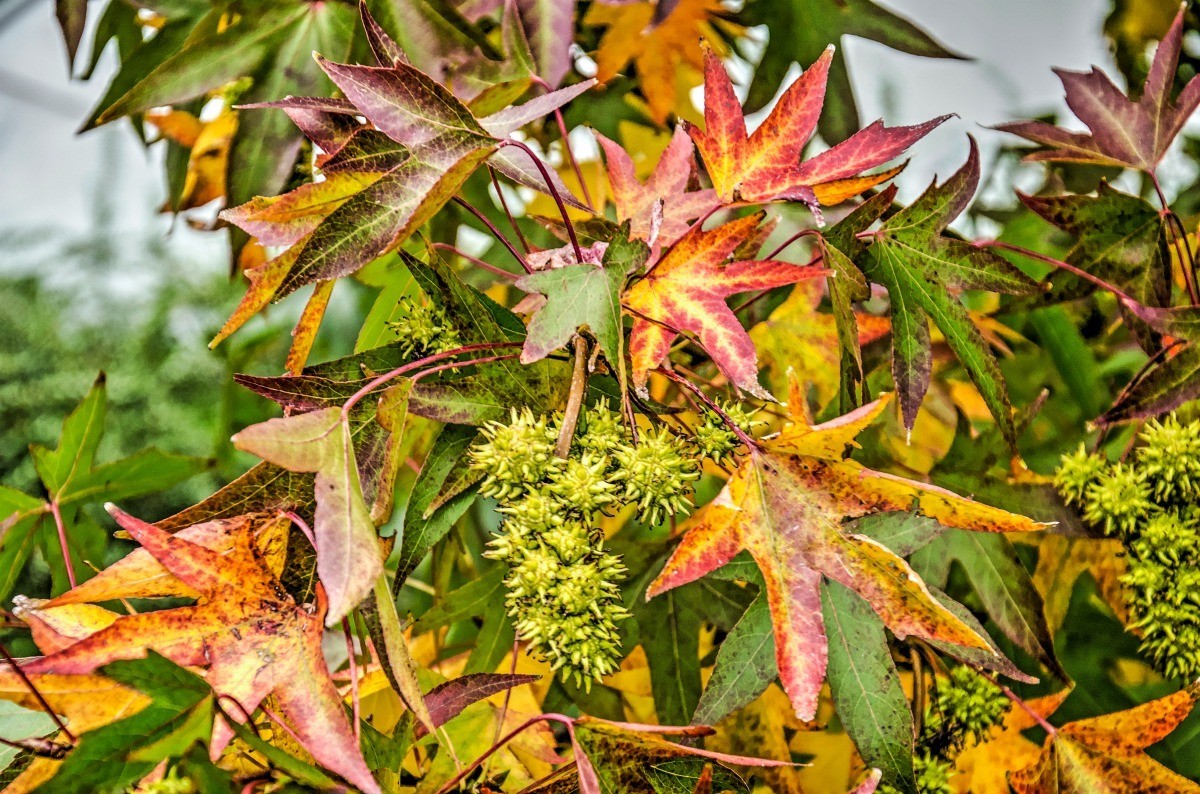

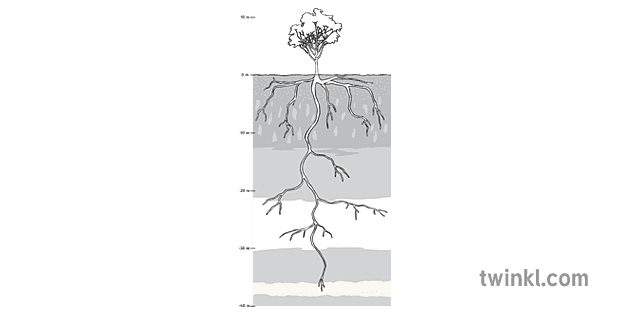
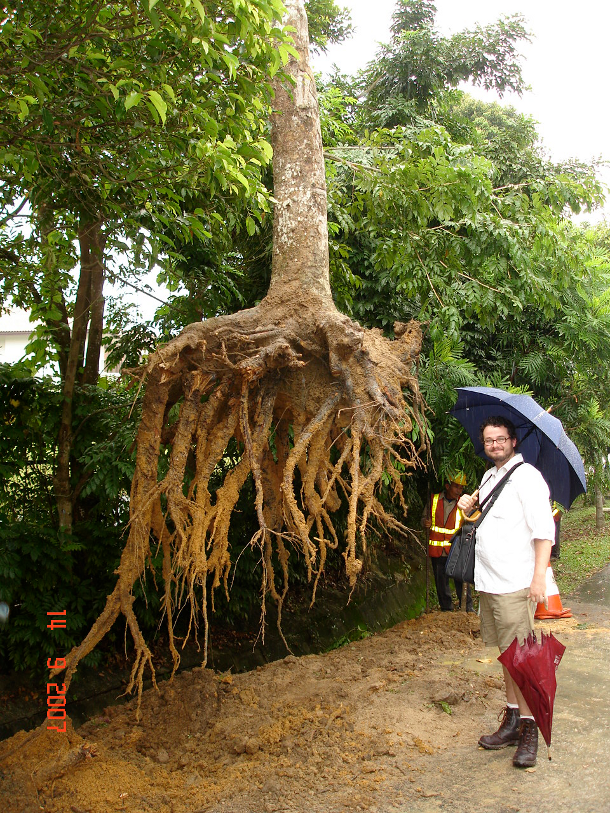





Post a Comment for "Black Gum Tree Root System"